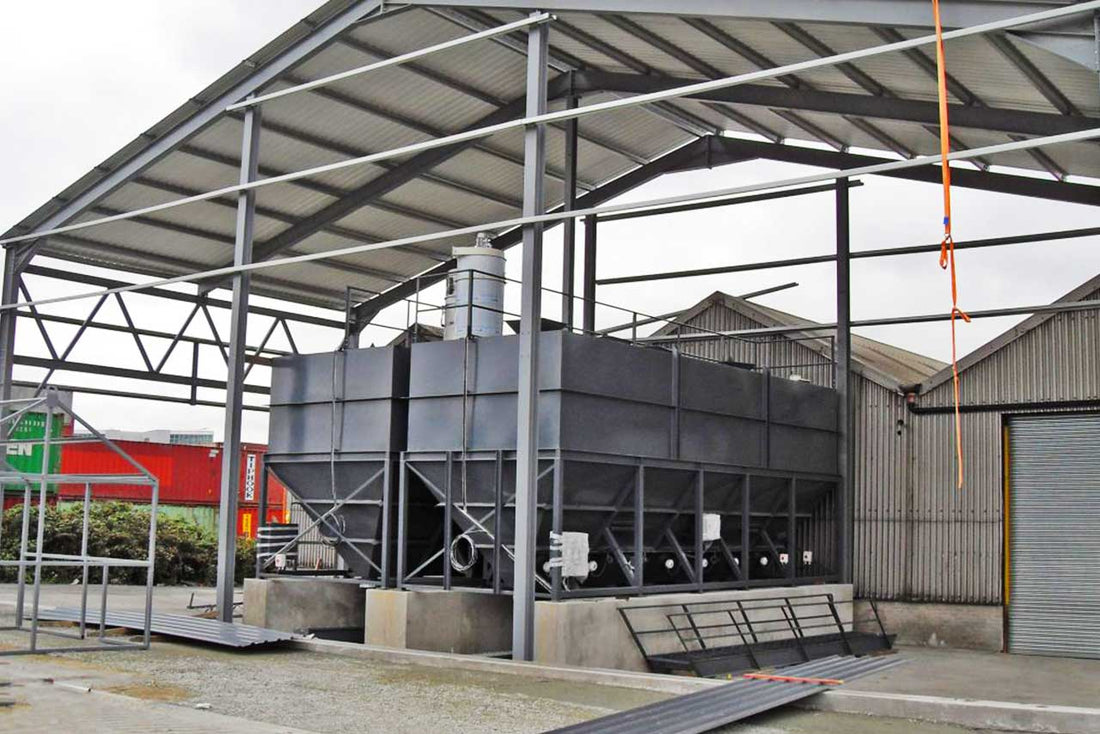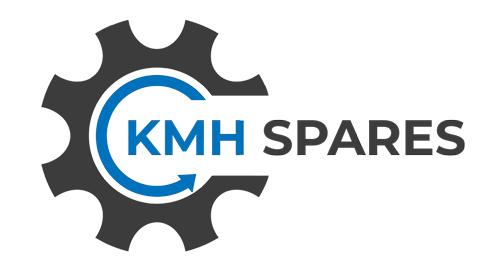
What are the 3 main types of cement silos being produced?
The Main Cement Silo Being Produced
Cement silos have unique features and benefits, and the best choice depends on your business needs and company goals. In this article, we'll try to explain the differences between the three types of cement silos as best as possible. We'll provide insights into advantages, disadvantages, and sizes to help you make an informed decision on which one is right for your project.
Whether you're involved in construction, agriculture, mining, or any industry requiring powder storage on-site. You will get a better understanding of the different types of storage silos currently used around the world, and you will be able to make an informed decision on which one is right for your project. So let's dive in and explore the world of cement silos:
Static Cement Silos
A static cement silo is a stationary, upright container used to store and dispense cement. It is typically made of steel and can vary in size from small, portable models to large, industrial-sized structures. Static cement silos are popular in construction and industrial applications due to their durability, ease of use, and ability to store cement for extended periods of time without affecting its quality.
Advantages of Static Cement Silos:
- High storage capacity: Static cement silos can store large amounts of cement, making them ideal for construction sites or industrial applications where a steady supply of cement is required.
- Durability: Made from high-quality steel, static cement silos can withstand harsh weather conditions and be used in a wide range of environments.
- Low maintenance: Once installed, static cement silos require minimal maintenance, making them a cost-effective storage option for many businesses.
- Space-efficient: Static cement silos have a relatively small footprint and can be installed in tight spaces, making them ideal for sites where space is at a premium.
Disadvantages of Static Cement Silos:
- Fixed location: Static cement silos are immobile once installed, so they can't be easily moved to different locations.
- Limited capacity: Depending on the size of the silo, it may not be able to hold enough cement to meet the needs of larger construction or industrial projects.
- Higher initial cost: The upfront cost of purchasing and installing a static cement silo can be relatively high compared to other types of storage options.
Sizes of Static Cement Silos:
Static cement silos are typically available in a range of sizes to suit different needs. The smallest models typically start at 40 cubic tonnes, and can then move up in 10 cubic tonne intervals. Larger models can hold several hundred cubic tonnes of cement. When choosing the size of a static cement silo, it's important to consider the amount of cement required and the available space at the installation site. A larger silo may be more cost-effective in the long run if it allows for fewer refills and reduces downtime.

Horizontal Cement Silos
A horizontal cement silo is a low-profile container used to store and dispense cement. Unlike static cement silos, horizontal silos are wider than they are tall, and are typically mounted on a trailer or skid for easy transport. They are a popular choice for construction sites, where they can be easily moved from one location to another as needed.
Advantages of Horizontal Cement Silos:
- Easy to transport: Horizontal cement silos can be easily loaded onto a truck or trailer for transport between job sites.
- Space-efficient: Because of their low-profile design, horizontal cement silos take up less vertical space than static silos, and can be installed in areas with height restrictions.
- Versatile: Horizontal cement silos can be used for both small- and large-scale projects, and are available in a range of sizes to suit different needs.
- Better accessibility: With a horizontal cement silo, the cement can be easily accessed from the ground level, eliminating the need for ladders or other equipment.
Disadvantages of Horizontal Cement Silos:
- Lower storage capacity: Compared to static cement silos, horizontal silos have a lower storage capacity and may need to be refilled more frequently.
- Higher initial cost: Horizontal cement silos can be more expensive than traditional static silos due to the additional equipment required for transport and handling.
- May require more maintenance: Because of their mobility, horizontal cement silos may require more frequent maintenance to ensure that they are in good working order.
Sizes of Horizontal Cement Silos:
Horizontal cement silos are available in a range of sizes, typically starting at around 20 cubic tonnes and moving up in 10 cubic tonne intervals. Larger models can hold up to 120 cubic tonnes of cement. When choosing the size of a horizontal cement silo, it's important to consider the amount of cement that will be required, as well as the available space for installation and the transportation equipment that will be used. A smaller silo may be more cost-effective for smaller projects or sites with limited space, while a larger silo may be better suited for larger projects requiring a larger supply of cement.

Modular Panel Cement Silos
A modular panel cement silo is a versatile, customisable container used to store and dispense cement. It is made up of individual panels that are bolted together to create a customised size and shape for the specific needs of the customer. Modular panel cement silos are popular in a variety of industries, including construction, agriculture, and mining.
Advantages of Modular Panel Cement Silos:
- Customisable: Modular panel cement silos can be customised to fit the exact needs of the customer, including the size, shape, and configuration of the panels.
- Expandable: As the needs of the customer change, modular panel cement silos can be easily expanded by adding additional panels.
- Versatile: Modular panel cement silos can be used in a wide range of industries, and are available in a variety of sizes and configurations.
- Easy to install: Modular panel cement silos can be quickly and easily assembled on site, without the need for specialised equipment or expertise.
Disadvantages of Modular Panel Cement Silos:
- Higher initial cost: Modular panel cement silos can be more expensive than traditional static silos due to the cost of the individual panels and the additional labour required for assembly.
- May require more maintenance: Because of their customisable nature, modular panel cement silos may require more frequent maintenance to ensure that the panels are securely fastened and the structure remains stable.
- May have lower storage capacity: Depending on the specific configuration of the panels, modular panel cement silos may have a lower storage capacity than traditional static silos.
Sizes of Modular Panel Cement Silos:
Modular panel cement silos are available in a range of sizes and configurations, depending on the needs of the customer. They can be customised to hold as little as 15 cubic tonnes of cement, or as much as 1,000 cubic tonnes or more. When choosing the size and configuration of a modular panel cement silo, it's important to consider the specific needs of the customer, including the amount of cement that will be required, the available space for installation, and any other unique requirements of the project.

Conclusion
Static cement silos offer high storage capacity, low maintenance, and a lower initial cost. Horizontal cement silos are easy to transport, space-efficient, and versatile. Modular panel cement silos are customisable, expandable, and versatile, with easy implementation. Each type of silo has its own unique features and considerations that should be taken into account when choosing the right type for a project.
Be careful considering the specific needs of your project, the available space for installation, and the output rate of your business to ensure that you plan and specify your requirements from an early stage.
